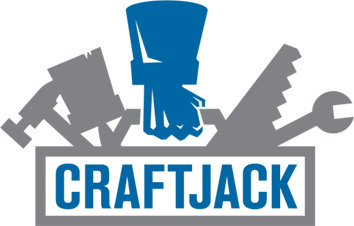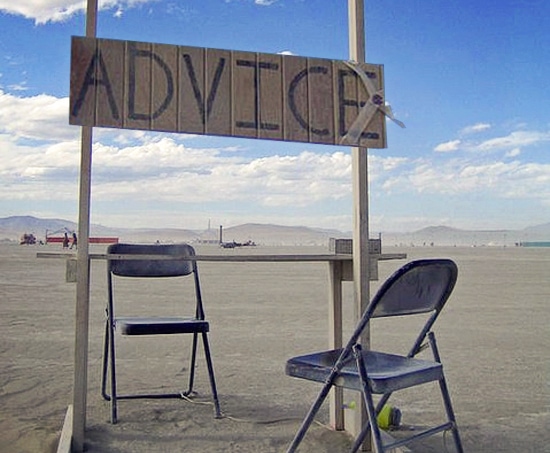How Mnemonic Devices Can Help Your Sales Process

My father, who was in the insurance sales business for 30+ years, used to have this incredible trick he used in sales. Ever since I can remember, he always wore a watch on his wrist. Nothing overly fancy, but a nice watch. And on the crystal face of his watch there was always a very small neon green dot sticker. Now, my father, being the quintessential sales personality that he was, would always address one’s curiosity the same way when asked about the presence of the green dot. It would go something like this:
Client: What is that green dot on your watch?Dad: Do you have any friends or coworkers in need of long-term disability insurance?
He would use the green dot on his watch as a mnemonic, a with which to remind himself – or have someone do the reminding for him – to discuss a given topic or promotion. Mnemonics are cues or devices intended to assist one’s memory and used by many sales professionals as an aid in remembering to cover all the important topics. The genius of my father’s trick (though he was not the creator of it) was that it not only reminded him to present a thought, but it allowed him to easily transition into the idea organically in conversation by having the customer initiate the topic for him.
Mnemonics can be used for most anything. My father often used his green dot to remind him to ask clients for referral leads. Your mnemonic may be used to promote a special you are running during that month, a question you like to ask all prospective customers (ex. “what are your main criteria when choosing a contractor?”), or it can be an acronym that helps keep you on track, known as a first-letter mnemonic. A common first-letter mnemonic used in sales is to ACCEPT the situation:
A – AcknowledgeC – ClarifyC – ConsiderE – ExploreP – ProposeT – Timeline
Acknowledge the customer’s needs and thoughts and let them know you hear them and understand what it is they want to accomplish.
Clarify the scope of work and what the customer is looking to have done. Make sure you are both on the same page and are heading in the right direction.
Consider what factors are most important to the customer. Is it price, design, materials, space, etc. Gather ideas that best support those values to present to the homeowner.
Explore various solutions in both price and styles to broaden the options for customers. Cost might be their number one priority. But you may be able to provide several design solutions within their price range that they may have originally discarded thinking they were too expensive and unattainable.
Propose. Literally. Let them know why you are the right contractor for their job and how you understand what they want and know that you can deliver a product that exceeds their expectations. Don’t forget to actually tell them that you would appreciate the opportunity to provide your skills and experience and would like to be considered for the job. It shows that you take pride in your work, care about the needs of the customer and are committed to making this become a reality for them and you.
Timeline. Lay out the complete timeline of how long it will take to complete the job and all the steps in between. If the homeowner has an unrealistic expectation of when they would like the work completed by, explain exactly how long the work will actually take to complete and why it will take that long. This will paint a more clear understanding of all that is involved and the customer will appreciate your attention to detail and outline of the schedule. The timeline for the project should be one that is suitable for both the customer and contractor alike.
The 1992 film Glengarry Glen Ross had Alec Baldwin‘s character popularizing the first-letter mnemonic ABC (Always Be Closing) in what became one of the most famous scenes depicting the sales process (of real estate) in cinematic history. Hopefully, your work environment is not as hostile as what is shown in the film, but the mnemonic is one that any sales professional can adapt to their industry. Treat every lead with equal value, importance and opportunistic integrity. You never can be sure how lucrative a single lead may be and what it might turn into.
I’m often updated by CraftJack contractors on how a single lead, costing $25, turned into a $30,000+ project. Always Be Closing. Not every lead will turn into gold (or even call you back), but working them to the best of one’s ability will be the ultimate difference between those companies that purchase leads to work, and those that make the leads work for them.
What mnemonic devices do you use in business?
(Flickr photo by thehumble1)


